Buy the photo Berlin - Pergamon Museum and James Simon Gallery by t.ART on canvas, ArtFrame, poster and wallpaper, printed on demand in high quality.
About "Berlin - Pergamon Museum and James Simon Gallery"
by t.ART
About the artwork
The Pergamon Museum was built by Ludwig Hoffmann between 1910 and 1930 according to Alfred Messel's designs. Previously, a smaller building had stood on the same site for a few years. It initially housed the important excavation finds of the Berlin museums, such as the frieze slabs of the Pergamon Altar recovered between 1878 and 1886.
The new, larger Pergamon Museum was built as a three-wing complex. Today it houses the Collection of Classical Antiquities, the Museum of the Ancient Near East and the Museum of Islamic Art. Due to the impressive reconstructions of archaeological building ensembles - the Pergamon Altar, the Market Gate of Miletus, the Ishtar Gate with the Processional Way of Babylon, the Mshatta Façade - the Pergamon Museum has become famous all over the world and has become the crowd puller of the National Museums in Berlin.
The James Simon Gallery is the new entrance building and visitor center on Berlin's Museum Island. It was named after James Simon (1851-1932), one of the most important patrons of the National Museums in Berlin. The building is part of the Museum Island Master Plan, which was adopted in 1999 to preserve the UNESCO World Heritage Site while transforming it into a contemporary museum complex. The design for the new building is by David Chipperfield Architects.

About t.ART
Hello - I am a photographer from Germany.
Here I show travel and nature photographs: photos from Germany, Europe and distant countries - flowers, animals, landscapes and much more...
Have fun browsing my albums!..
Read more…
 Germany
Germany Ordered in November 2019
Ordered in November 2019
 Netherlands
Netherlands Ordered in April 2021
Ordered in April 2021
 Germany
Germany Ordered in March 2020
Ordered in March 2020
 Germany
Germany Ordered in June 2023
Ordered in June 2023
 Netherlands
Netherlands Ordered in January 2019
Ordered in January 2019
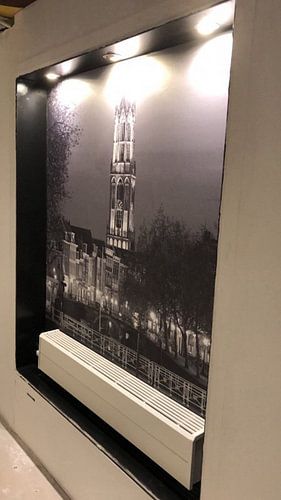
 Netherlands
Netherlands Ordered in December 2021
Ordered in December 2021
 Netherlands
Netherlands Ordered in January 2022
Ordered in January 2022
 Netherlands
Netherlands Ordered in August 2021
Ordered in August 2021
 Netherlands
Netherlands Ordered in November 2024
Ordered in November 2024
 Germany
Germany Ordered in March 2021
Ordered in March 2021
 Netherlands
Netherlands Ordered in February 2020
Ordered in February 2020
 Netherlands
Netherlands Ordered in August 2024
Ordered in August 2024
About the material
ArtFrame™
Interchangeable Art Prints
- High-quality print
- Easily interchangeable
- Acoustic function
- Large sizes available
Discover the artworks of t.ART
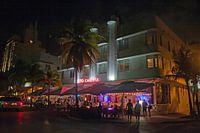 Miami Beach - Ocean Drivet.ART
Miami Beach - Ocean Drivet.ART Tuk-Tuk in Bangkok (Thailand)t.ART
Tuk-Tuk in Bangkok (Thailand)t.ART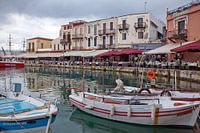 Crete - Rethymnot.ART
Crete - Rethymnot.ART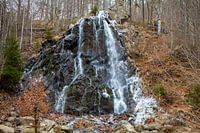 The Radau Waterfall near Bad Harzburg (Lower Saxony)t.ART
The Radau Waterfall near Bad Harzburg (Lower Saxony)t.ART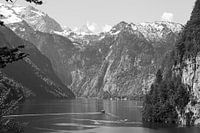 Boat trip on the Königssee in Berchtesgadener Land (black and white)t.ART
Boat trip on the Königssee in Berchtesgadener Land (black and white)t.ART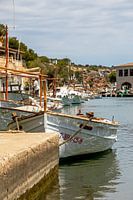 Mallorca - fishing boats in Cala Figuerat.ART
Mallorca - fishing boats in Cala Figuerat.ART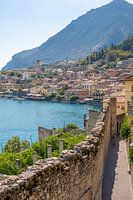 Limone sul Garda - Lake Gardat.ART
Limone sul Garda - Lake Gardat.ART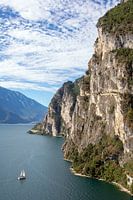 Lake Garda - Lago di Gardat.ART
Lake Garda - Lago di Gardat.ART Autumn landscape with view of the Brocken in the Harz mountainst.ART
Autumn landscape with view of the Brocken in the Harz mountainst.ART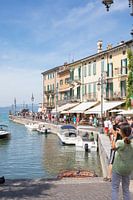 Port of Lazise (Lake Garda)t.ART
Port of Lazise (Lake Garda)t.ART Gondolas in the morning mist of Venicet.ART
Gondolas in the morning mist of Venicet.ART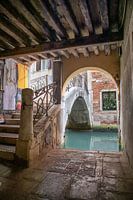 Venice - Ponte de la Colonnet.ART
Venice - Ponte de la Colonnet.ART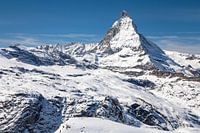 Alpine panorama with Matterhornt.ART
Alpine panorama with Matterhornt.ART Young Galloway bullt.ART
Young Galloway bullt.ART Scottish Highland Cattle (Watercolour Style)t.ART
Scottish Highland Cattle (Watercolour Style)t.ART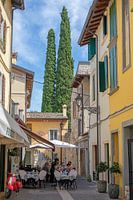 Small town on Lake Gardat.ART
Small town on Lake Gardat.ART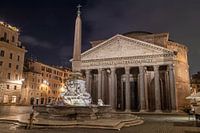 Rome - the Pantheon by nightt.ART
Rome - the Pantheon by nightt.ART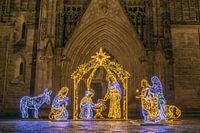 Magdeburg World of Lights - Nativity play in front of Magdeburg Cathedralt.ART
Magdeburg World of Lights - Nativity play in front of Magdeburg Cathedralt.ART Lonely guest at the beach bart.ART
Lonely guest at the beach bart.ART Chilli peppers at a market in Mallorcat.ART
Chilli peppers at a market in Mallorcat.ART
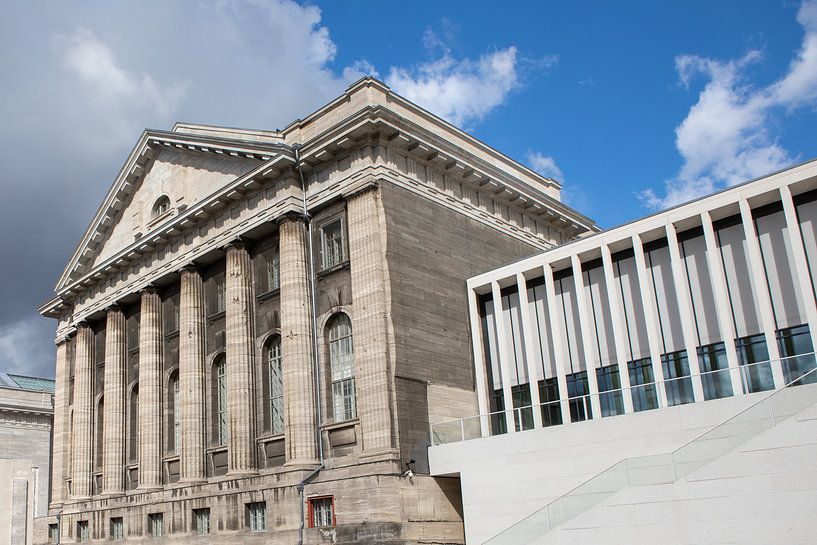









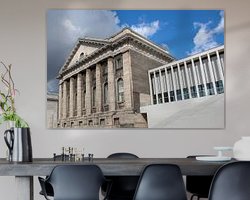


 Architecture
Architecture Architecture photography
Architecture photography Berlin
Berlin Photo wallpaper
Photo wallpaper Photography
Photography Serene Peace
Serene Peace UNESCO World Heritage Locations
UNESCO World Heritage Locations









